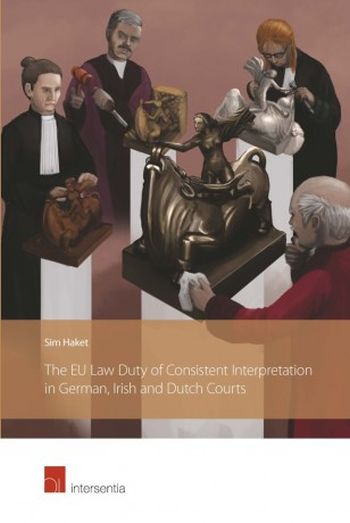We are now closed for the Christmas and New Year period, returning on Monday 5th January 2026. Orders placed during this time will be processed upon our return on 5th January.

The EU Law Duty of Consistent Interpretation in German, Irish and Dutch Courts considers the case law of the European Court of Justice which makes up the framework for the requirement to interpret national law so far as possible in conformity with EU law directives. It offers an in-depth analysis of the application of this obligation in three Member States: Germany, Ireland and the Netherlands. The key question underlying this examination is to what extent the established theories of supremacy of EU law, national constitutionalism and constitutional pluralism adequately explain the relationship between EU and national law under the duty of consistent interpretation.
In order to understand the duty of consistent interpretation and its interaction and/or interference with national interpretative rules, this book includes an outline of the approach to interpretation in a non-EU law context for the three selected Member States. Both the duty of consistent interpretation and national interpretative rules are complex ‘creatures’ and it can be particularly difficult to disentangle how they interact. The author develops a typology for understanding the different kinds of interaction, mainly, yet not exclusively, by asking under which circumstances it can be said that there exists a ‘conflict of interpretative rules’. The book also offers valuable lessons by discussing numerous judgments, highlighting the mutual responsiveness of the duty of consistent interpretation and national interpretative rules, as well as the reconciliatory attitude of national courts.
Since the fit between consistent interpretation and theories on the relationship between EU and national law is examined, this book also investigates the explanatory value of those theories beyond the context in which they were primarily developed and/or discussed, thereby contributing to an enriched understanding of those theories. The book is also of added value for practitioners as it discusses in detail how the duty of consistent interpretation is applied before the courts.